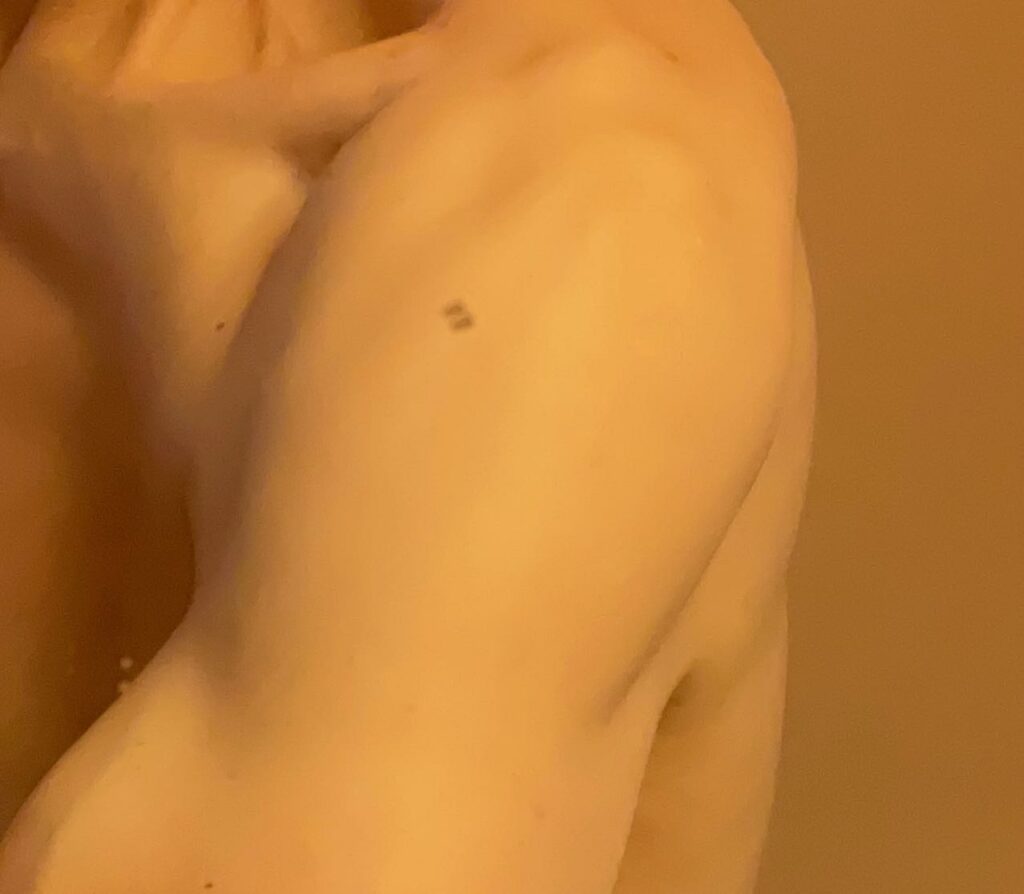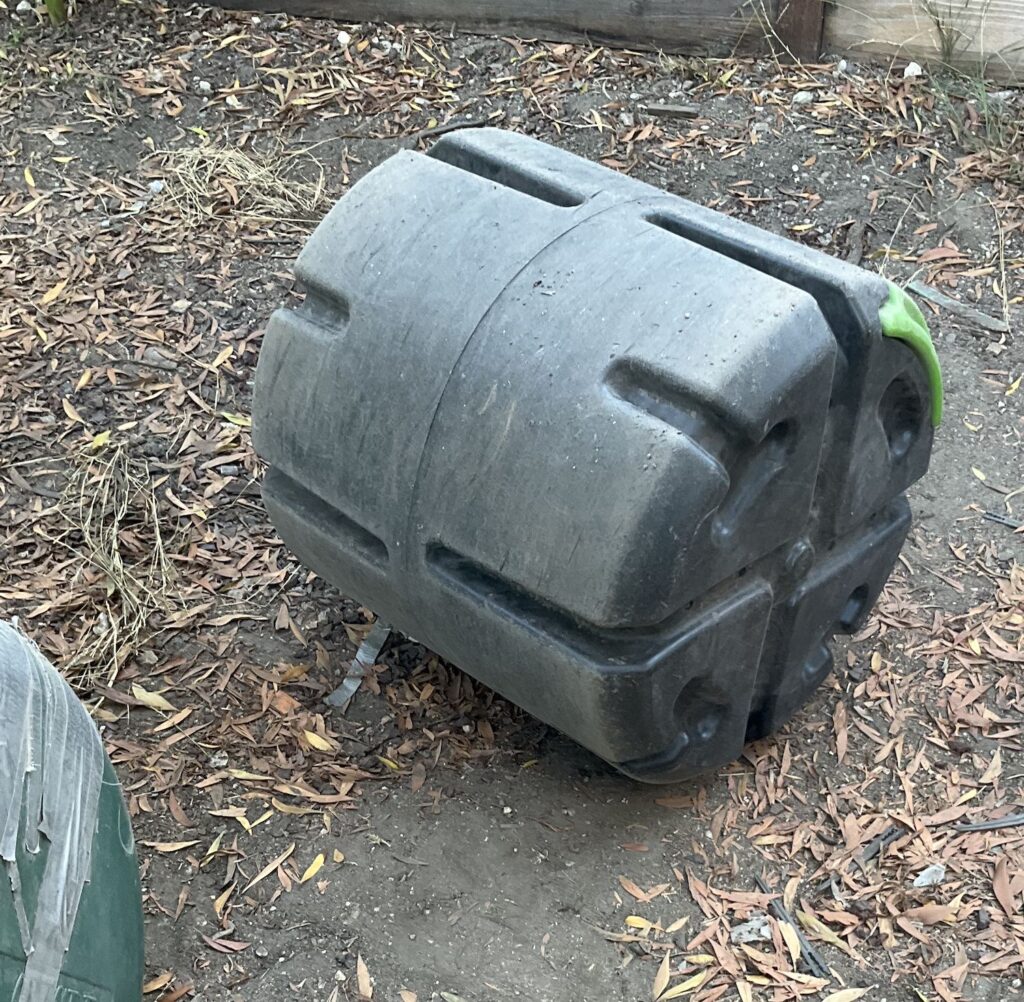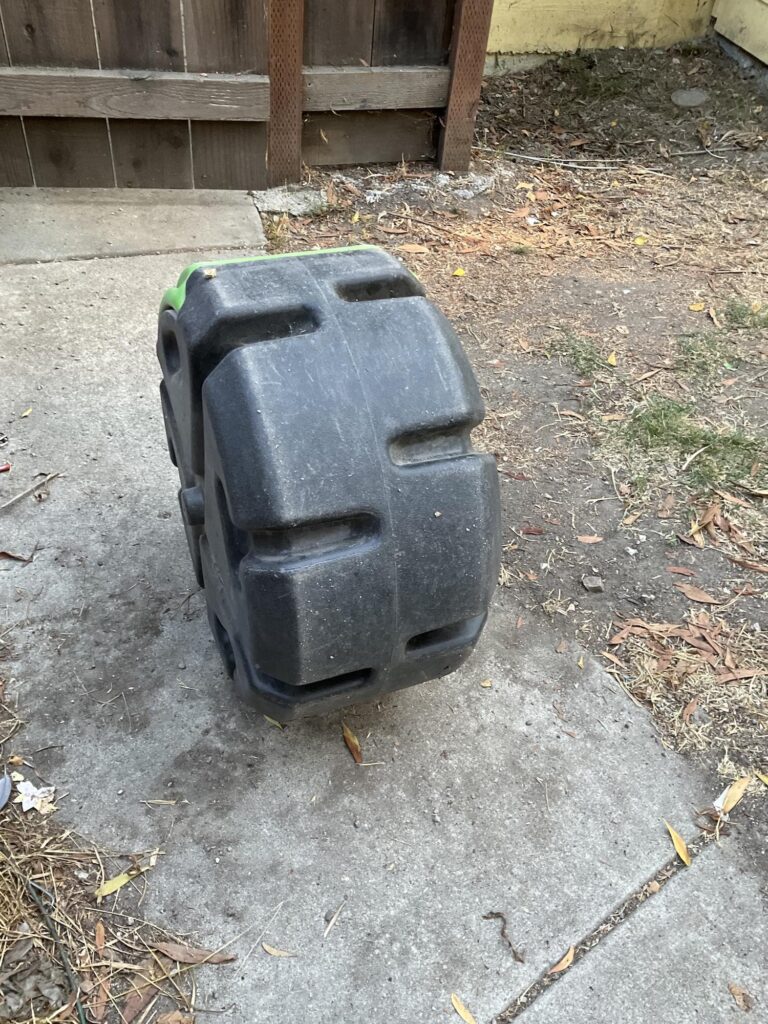I’m in my late ‘60s. And at that age you’re lucky if you still have a few long-time companions in your life.I do: my wife, the attitudinal computer and knitting geek of my dreams; LK the one-legged bookseller who keeps sending me books that I ought to read (and I do); the dudes I’ve been doing yoga with since the late ‘90s. And others.

“Others” includes Hinky, my right shoulder. Hinky is with me always, telling me things I don’t always want to hear. He’s loyal. But he has his own agenda. It involves pain.
I was introduced to Hinky about 30 years ago, back when I was lifting heavy weights at the gym: building muscle for ego reasons. I pushed hard and didn’t listen to my body: lift hard, lift heavy, lift often. Progress is all, my mindset was.
But it’s not all, and some of that progress was short-lived. Wear and tear catches up with your body, and soon Hinky started talking to me. I woke up one night with a stiff shoulder that wouldn’t stop throbbing.
My chiropractor was a bodybuilder. He told me that I’d overdeveloped some of my shoulder muscles and underdeveloped others. So everything was out of whack. The rotator cuff — that complex of fiddly muscles that stabilizes the shoulder and helps the arm to rotate — was not happy.
Doctor Biceps didn’t rule out actual damage, but told me not to panic. He cracked my shoulder — which actually helped a little — and sent me off with some new exercises to build the weaker shoulder muscles and get some stability back. They helped.
But Hinky never went away. Never quite, never all the way. I had done him some dirt, and he wouldn’t let me forget it. “Should I lift heavy today?” I’d ask myself. And Hinky would twinge.
So I looked into something called slow negative reps: you lift a lighter weight (the positive rep), but then lower it very slowly (the negative rep). Have you ever lowered a 160-pound barbell very slowly? It’s hell. But not on the shoulder; the shoulder has no sudden, explosive force to contend with. That’s all that Hinky cared about.
So Hinky liked negatives fine. I even made some gains. Years later, “slow negatives” have become all the rage for old people staying in shape.
So all was well for awhile. But as I pushed the big 5-0, something went wrong. Hinky wasn’t happy, but neither was my whole upper body. Everything ached. Everything felt weak, somehow off.
So I hit the internet and found out that I should change my exercises. I’d been doing a lot of isolation exercises that work just a single muscle: to put a nice peak on that bicep, or make those forearms a little thicker. All that’s for the pretty, show-off bodybuilding stuff. I needed do more compound exercises. Compound exercises work a lot of different muscle groups at once.
Compound exercises are the old school, non-sexy weightlifting moves: squats, deadlifts, lunges, bench presses, overhead presses, rows. All done with free weights, not on machines that stabilize your form for you. Compound exercises work not just the major muscles but all the related muscles that are supposed to work at maintaining stability.
Compound exercises did the job for me. I switched from weight machines to dumbbells and snapped right back into shape. I’d never have that perfectly-shaped bicep, but I was 50 and still lifting good weight.
And guess what? Compound exercises like these are now marketed as “functional fitness” exercise for everyday folks and especially old people. Because they develop your ability to do common things: lift. Push. Pull something off the floor. Reach for something high and heavy and bring it down. All things that you need to be competent in for daily life. They’re the new big thing. Once again I was ahead of the game. Thanks to Hinky.
As to why I kept working out at all: well, it’s good to be strong, especially when you’re older. I can still throw around heavy furniture. I can still hack deep holes in the sedimentary rock of my free-range back yard. I can still muscle stuff down the ladder from the attic. I can pick people up off the floor when they fall, and sometimes I have to.
I stopped lifting for awhile, though. Life got harder and more complicated; there were other priorities. But COVID gave me more time: when I started working at home, and soon after when I retired. And we could eat healthy, because cooking sinfully is expensive and we don’t like mass-produced junk. And we both had plenty of time.
So it was time to work out again. I couldn’t go to the gym, because I wanted to stay safe. Without equipment, I tried exercises that could be done with your own bodyweight. I was interested in building back some muscle.
And they did work. But Hinky nixed most of them afer a few weeks. Many of the bodyweight exercises I found on YouTube — extreme pushups and the like — involved a lot of hard, sudden moves that stressed the shoulders. Or at least my shoulders.
That familiar right-hand throb reappeared. I did get into running up and down a steep hill nearby, which didn’t concern Hinky and did wonders for my endurance. And we have a rowing machine. Hinky could handle that, too, with some suspicion.
But I wanted more. My wife bought me some training guru’s book of intensive five-minute workouts, and encouraged me to throw together an exercise setup in the garage. Adjustable dumbbells were obtained. The workouts were mostly functional fitness, for people with busy schedules who wanted short intensive workout sessions that they could fit in once or twice (or more) during the day.
In the workout book’s last chapter, though, the training guru author tipped his full hand: Don’t be religious about this routine, he said. Change your routine all the time: do what’s in the book, sure, but also other types of fitness outside the book. Your body gets stronger when you keep making it adapt. Go back and forth between routines and approaches. Make the body crazy. It’ll grow muscle.
Hinky approved; doing different things all the time gives him frequent time off. The book even detailed rejab workouts for shoulders and back, which Hinky really likes. I do those a lot. As more of the old strength came back, I took the training guru’s advice further and looked at… alternate fitness. In the back yard.
We compost food waste and other things, and I use one of those barrel composters that sit on a base with rollers mounted on top. When it’s time to turn the compost, you just give the plastic compost barrel a good push and it rolls on its base.
Over time, the rollers wore out and refused to roll. So I took the barrel off its base and rolled it around our half-barren back yard to circulate the compost. Compost is heavy; this proved to be good, intense whole-body exercise. Are you old enough to have push-started a car with a dead battery? Like that. Just like that.
Two problems: first, the barrel was full of compost, and I had to wear a mask during “exercise” or get a lung full whatever hadn’t quite cooked down yet. Second, the barrel was old and held together with duct tape. It required new duct tape every week or so.

So I bought new plastic compost barrels in two sizes: “regular,” and the narrower “sports model” which can be rolled more quickly. I filled them with a mix of shredded rubber compost and pea gravel. A lot of pea gravel. As you roll the barrel, physics draws all the dense pea gravel to the center, like an axle. The barrel rolls smoothly. It also provides hand slots convenient positions, to allow a surer grip and keep the damned thing from getting away from you. It’s heavy.

So now I have two barrels which I roll around our unevenly-graded yard with great vigor. The narrow sports model isn’t so stable, so I take it on speed runs down our concrete path.
And it’s difficult. Damned difficult. Push-starting-a-60s-land-yacht difficult sometimes. Plus: these barrels aren’t athletic equipment, so they weren’t designed with a “safe way” to push them when they’re full of pea gravel and rubber. I had to find it. I’ve depended on Hinky to teach me proper form. He can’t tell me what to do, but he’s really good at telling me what not to do. Convincingly.
So with Hinky’s help I’ve learned how to push the barrels around with minimal load on shoulders and maximum push from the chest, back, arms, and legs. It can.be done. And now, at 66, having also lost 50 pounds by eating our own cooking instead of eating out, I have the chest, arms and upper body I’d wished I had at 25. Better late than never. But it’s a strange feeling.
Hinky’s still with me. He’s always with me. I’d have never made it this far if I hadn’t listened to him. That shoulder would have blown out well and good at 35. I’d have spent the rest of my life taking walks.
Even now: I had a great day with the barrels and dumbbells yesterday and I looked forward to more today but Hinky said… time to take a day off. Really.
So I am, and am writing this up. Here’s to you Hinky, you pain in the shoulder.
And guess what? Other people are also pushing barrels around for fitness now in the name of (yes, again) function fitness. Not quite like I do, but… they’ll get there. I’m a genius. Or Hinky is.
